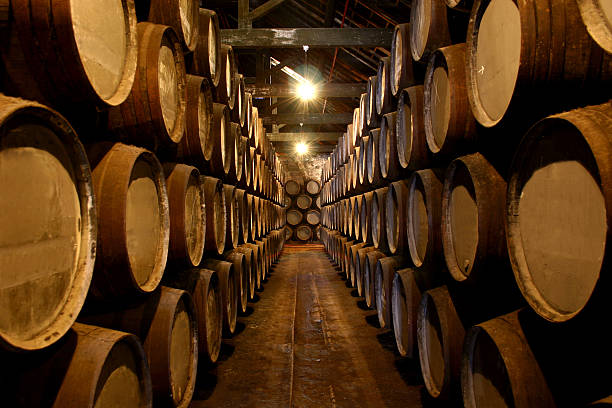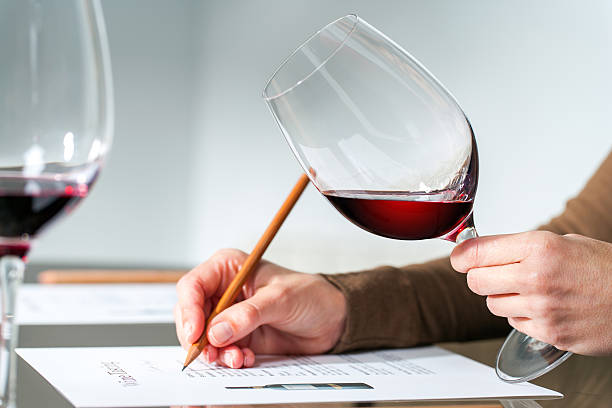What is a Decanter?
A decanter is a serving vessel designed to separate sediment and aerate wines. Decanters typically feature a flared base, a narrow neck for pouring, and a flat or slanted top. Wine is usually poured into a decanter from the original bottle and served after varying amounts of time, depending on the type of wine and individual preferences.
Why Decant Wine
Wine is decanted for two reasons: to separate the wine from sediment and to aerate the wine to enhance flavor and aroma. Wine decanters also create an appealing wine presentation at wine shops, upscale bars, or high-end restaurants.
When to Decant Wine
Suppose you don’t know whether or not to decant a wine, smell, or taste it right from the bottle. It may taste overly bitter or have a lack of aromas and minimal fruity components, or it could have an odor like rotten eggs or a struck match, which is a sign of hydrogen sulfide. In either of these cases, it’s a good idea to decant the wine in order for it to “open,” or aerate and separate any potential sediment.
Wine Decanter Purpose
Below, we take you through the main purpose of a wine decanter for various types of wine.
- Young Red Wine: Because young wine has not been gradually exposed to oxygen over time, its tannins may still be quite harsh. Exposure to oxygen in a wine decanter allows the tannins to soften and opens up underlying aromas. This creates a smoother, more flavorful sip.
- Old Red Wine: Older wine is more likely to have accumulated sediment over time. To avoid a bitter or acidic taste or an unsightly appearance, a wine decanter helps separate sediment from the rest of the wine.
- White and Rose: Richer whites and roses can benefit from brief decanting to soften their acidity and open up their aromatics.
- Natural Wine: Since natural wines are more likely to suffer from volatile acidity upon immediate opening, decanting can help round out the edge for a smoother taste.
- Sparkling and Champagne: Decanting these wine types can help reduce the amount of bubbles so your guests have a better flavor experience. That said, some customers enjoy bubbles in their wines, so you’ll want to make sure that you won’t be disappointing anyone.
How to Decant Wine
Follow these steps to decant wine properly:
- Remove the wine bottle’s cork and wipe the bottle neck clean.
- Hold the neck of the bottle over a light source, such as a candle or flashlight. A candle enables you to see the sediment and stop pouring before the rest of it goes into the decanter.
- Pour the wine slowly from the bottle into your decanter at a slight angle so it doesn’t splash in the bottom of the decanter.
- When the sediment reaches the neck of the bottle, stop pouring.
- The clear wine in the decanter is now ready to serve or to sit for a bit while decanting. Discard the remaining sediment and liquid from the bottle, and pour the wine from the decanter into your guests’ wine glasses.
How Long to Decant Wine
Feel free to experiment with decanting to see what works for you and different types of wine. Begin by opening your bottle of wine and having a sip immediately, then pouring the wine into a decanter and sampling again after 20 minutes. Continue sipping the wine at regular intervals until you have achieved your desired taste. Keep in mind, however, that older wines can quickly become stale, so be careful not to decant your vintage wines for too long.




